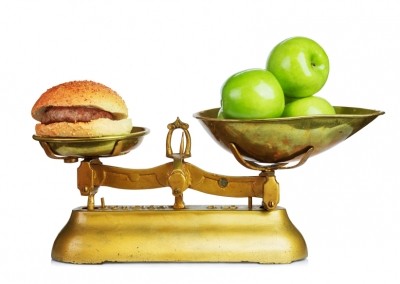Green for good? Green labels increase perceived healthiness of foods

Some industry led front-of-pack labelling schemes may be misleading consumers by leading them to perceive food products with relatively poor nutritional values in a healthier light, the new research suggests.
Led by Dr Jonathon Schuldt from Cornell University, USA, the research team explored whether the colour of nutrition labels has influence on consumers' perceptions of healthfulness; finding that a green label increases the perceived healthfulness of a food product, "especially among consumers who place high importance on healthy eating."
Writing in Health Communication, Shuldt and his colleagues show how consumers are more likely to perceive a candy bar as more healthful when it has a green calorie label compared with when it had a red one - even though the number of calories are the same.
"More and more, calorie labels are popping up on the front of food packaging, including the wrappers of sugary snacks like candy bars,” said Shuldt. “And currently, there's little oversight of these labels."
"Our research suggests that the colour of calorie labels may have an effect on whether people perceive the food as healthy, over and above the actual nutritional information conveyed by the label, such as calorie content," he explained.
Shuldt said the findings have implications for nutrition labelling, given that front-of-package calorie labels have become increasingly common in both Europe and the USA. For example, he noted that in the USA, both M&Ms and Snickers have green front-of-package calorie flags that are particularly conspicuous to consumers at points-of-purchase.
Study details
Schuldt and his team showed 93 university students an image of a candy bar with either a red or a green calorie label. The researchers then asked them whether the candy bar, compared to others, contains more or fewer calories and how healthy it is. They found that the participants perceived the green-labelled bar as more healthful than the red one, even though the calorie content was the same.
The team then repeated the experiment with 39 online participants who were shown candy with either green or white labels.
Participants in the second part of the study were asked to what extent the healthiness of food is an important factor in their decision about which foods to buy and eat, on a scale of 1 (not at all important) to 7 (very important).
Schuldt and his team reported that participants who placed a high importance on healthy eating, were more likely to perceive the white-labelled candy bar as less healthful - a pattern that was eliminated when the candy bar had a green label.
"The green calorie labels buffer relatively poor nutrition foods from appearing less healthful among those especially concerned with healthy eating," said Schuldt.


















